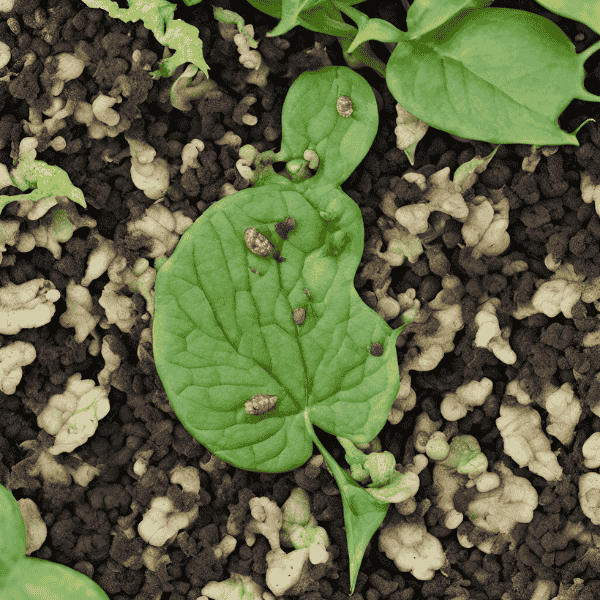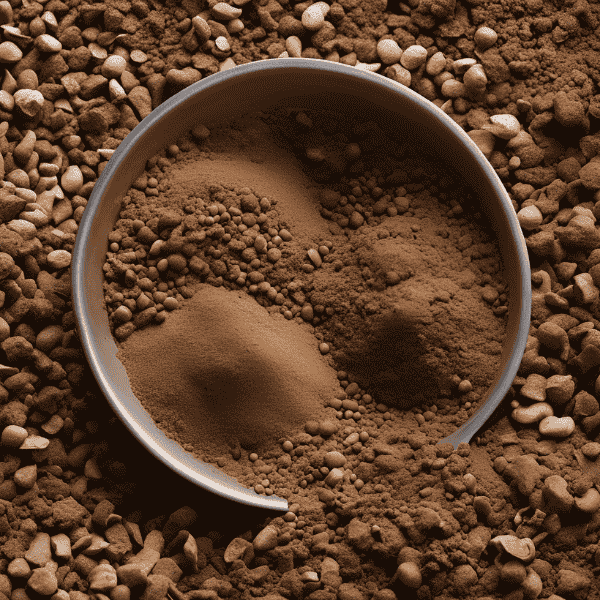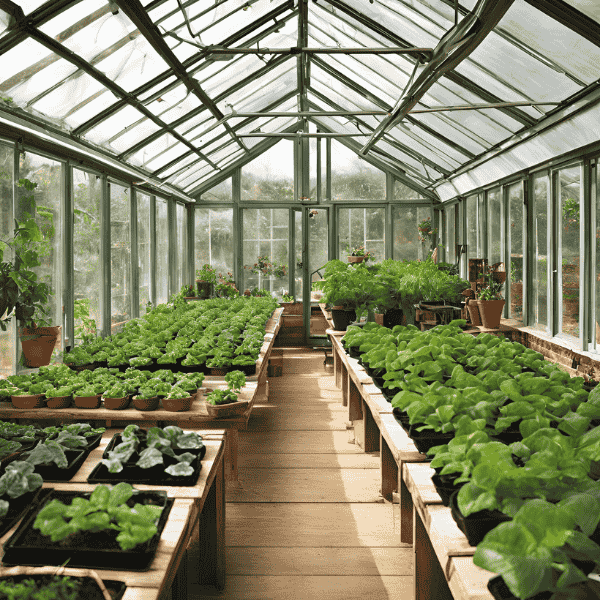Identifying and Managing Plant Diseases: A Simple Guide for Gardeners

We all love having healthy, thriving plants, whether they’re indoors or in our garden. But sometimes, no matter how much care we give them, plants can fall victim to diseases. The good news? Recognizing plant diseases early and using natural treatments can help get your plants back on track. Let’s walk through some common plant diseases, how to spot them, and how to manage them naturally!
1. Yellowing Leaves: Could It Be a Sign of a Problem?
Yellowing leaves are often one of the first signs that something’s not quite right with your plant. This can be caused by a variety of issues, ranging from nutrient deficiencies to diseases. Possible Causes:- Fungal Infections: Fungus like powdery mildew or rust often causes yellow spots or yellowing along the edges of leaves.
- Overwatering: Too much water can deprive roots of oxygen, leading to yellow leaves.
- Nutrient Deficiencies: Lack of nitrogen, iron, or other essential nutrients can cause leaves to turn yellow.
- For fungal infections, remove affected leaves and spray with a homemade garlic or neem oil solution.
- If overwatering is the issue, adjust your watering schedule and ensure proper drainage.
- Consider using compost or organic fertilizer to address nutrient deficiencies.
2. Brown Spots or Holes in Leaves: Something’s Nibbling
When you spot brown spots or holes in your plant’s leaves, it’s often a sign that pests or fungal diseases are at play. Possible Causes:- Leaf Spot Disease: Caused by fungi or bacteria, this disease creates round, brown patches with yellow halos.
- Pest Damage: Bugs like aphids, caterpillars, or beetles might be munching on your plant’s leaves.
- Bacterial Infection: Bacteria can cause dark, water-soaked spots that spread rapidly.
- For leaf spot diseases, remove infected leaves and avoid overhead watering, which can spread spores.
- To control pests naturally, try using insecticidal soap or a homemade chili pepper spray to deter unwanted critters.
- Keep an eye on your plant’s overall health and consider using companion plants that deter pests, like marigolds or garlic.
3. Wilting: Not Just a Thirsty Plant
When your plant wilts, it doesn’t always mean it’s thirsty. Wilting can be caused by a variety of factors, including diseases that affect the roots or the vascular system of the plant. Possible Causes:- Fusarium Wilt: A fungal disease that affects the plant’s vascular system, causing leaves to droop and turn yellow.
- Verticillium Wilt: Another vascular disease that causes wilting, especially in tomatoes, peppers, and eggplants.
- Root Rot: Caused by overwatering, root rot cuts off the flow of water and nutrients to the plant, causing wilting.
- To prevent Fusarium and Verticillium wilt, practice crop rotation and remove infected plants immediately.
- For root rot, improve drainage in your containers or garden and avoid overwatering.
- Consider using a diluted solution of hydrogen peroxide and water to treat root rot naturally.
4. Mold and Mildew: A Fungal Foe
Fungal infections like powdery mildew or mold can spread quickly and affect the overall health of your plants. These diseases often appear as white or grayish patches on leaves, stems, or flowers. Possible Causes:- Powdery Mildew: A common fungal infection that causes a white, powdery substance on leaves and stems.
- Downy Mildew: This disease creates yellowing spots on leaves, followed by fuzzy grayish growth.
- Mold: Mold can form in humid conditions and on moist, decaying plant material.
- For powdery mildew, make a natural fungicide using a mixture of baking soda, water, and a drop of dish soap to spray on affected areas.
- To treat mold, increase airflow around your plants and remove decaying plant material.
- Using mulch or adding compost can help prevent excessive moisture accumulation, which encourages fungal growth.
5. White, Sticky Residue: A Sign of Pests
If your plant leaves have a sticky or shiny coating, it’s likely that pests like aphids or mealybugs are feeding on them. These pests suck the sap from the plant, which weakens the plant over time and can lead to disease. Possible Causes:- Aphids: These tiny insects leave behind a sticky substance known as honeydew.
- Mealybugs: Similar to aphids, mealybugs also secrete honeydew and leave behind a cotton-like residue.
- A gentle soap and water spray can help wash away pests.
- For more severe infestations, consider using neem oil or introducing natural predators like ladybugs, which feed on aphids.
- Regularly inspect your plants for pests to catch an infestation early.
6. Root Issues: Time to Investigate the Roots
If your plant is showing signs of stress but the leaves look healthy, the problem might lie with the roots. Root problems can be tricky to spot, but they’re often the root cause (pun intended) of many plant diseases. Possible Causes:- Root Rot: Caused by excessive moisture and poor drainage, root rot is one of the most common issues for container plants.
- Root Knot Nematodes: These microscopic pests can damage roots, causing stunted growth and yellowing leaves.
- To prevent root rot, ensure your containers have proper drainage and avoid overwatering.
- If you suspect root knot nematodes, try rotating your crops and using nematode-resistant plant varieties.
- A root soak in a diluted neem oil solution can help treat and prevent root rot.



